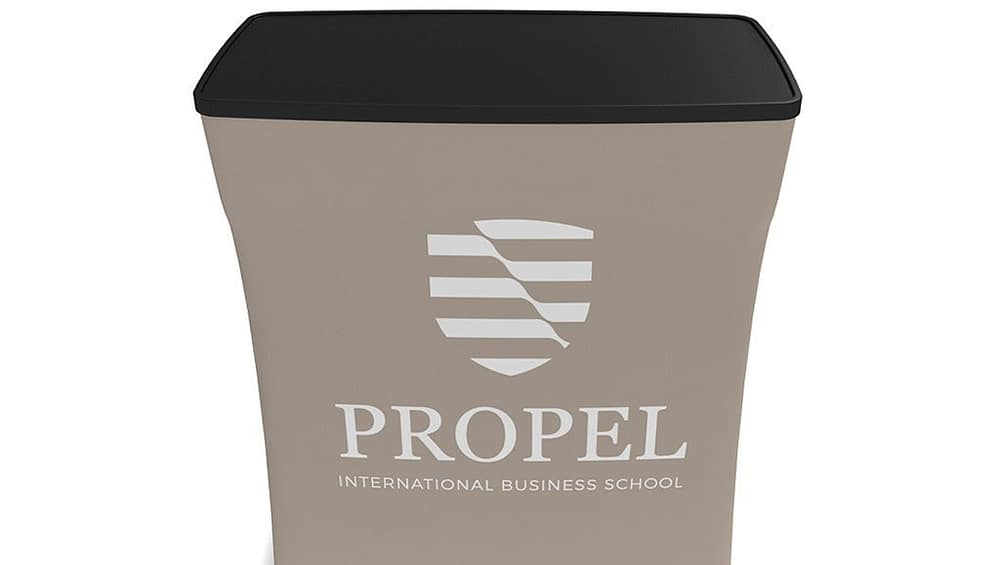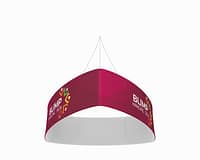In the realm of events—be it conferences, trade shows, or social gatherings—the way we present ourselves can significantly impact the audience’s experience and engagement. A pivotal yet often underutilized strategy in event planning is the “case-to-counter advantage.” This approach not only shapes the dynamics between the organizers and attendees but also enhances the overall atmosphere, transforming mundane interactions into memorable moments. In this article, we explore the profound potential of this advantage and provide strategies to craft unforgettable experiences that resonate long after the event concludes.
Unleashing Potential: The Counter Advantage in Events
The case-to-counter advantage refers to the shift from traditional selling models to a more interactive approach, where attendees are drawn into the experience rather than just being passive recipients. This paradigm shift encourages a dialogue—not monologue—allowing event planners to engage participants in meaningful ways. By doing so, organizers can cultivate an environment where attendees feel valued and involved, fostering deeper connections and driving loyalty.
Events that successfully leverage this counter advantage create a dynamic space where attendees are not merely present but actively participating. For instance, incorporating live polling, Q&A sessions, and breakout discussions can empower individuals to share their insights and perspectives. This level of engagement transforms the atmosphere, turning a simple gathering into a collaborative experience, amplifying the impact of the event.
Moreover, the case-to-counter advantage aligns with the growing demand for authenticity in engagement. As audiences become more discerning, they seek not just content but connection. By prioritizing interaction and collaboration, event organizers can tap into the emotional landscape of their audience, leading to increased satisfaction and a higher likelihood of word-of-mouth promotion. This transformative approach is not just a trend; it’s a fundamental shift in how events should be conceived and executed.
Crafting Unforgettable Experiences: Strategies for Success
To maximize the impact of the case-to-counter advantage, event planners must adopt a strategic mindset focused on enhancing attendee experience. One effective method is to design interactive formats that encourage participation, such as workshops, brainstorming sessions, or networking circles. These formats allow attendees to contribute their unique ideas and expertise, creating a sense of ownership and investment in the event’s success.
Additionally, employing technology can significantly elevate the engagement level. Tools like event apps or social media integration can facilitate real-time interaction, allowing participants to share their thoughts, ask questions, or even collaborate on digital platforms. This not only enhances the in-person experience but also extends the conversation beyond the event, ensuring that the impact continues long after attendees have left the venue.
Finally, personalization plays a crucial role in crafting unforgettable experiences. By understanding the demographics and preferences of the target audience, organizers can tailor sessions, content, and networking opportunities to meet specific needs. This level of customization not only enhances satisfaction but also creates a deeper emotional connection with the event, making it more memorable and impactful. By embracing these strategies, event planners can fully harness the power of the case-to-counter advantage, transforming their events into enriching and engaging experiences.
In conclusion, maximizing impact through the case-to-counter advantage in events is not just about improving participation; it’s about reimagining the very essence of what an event can be. By embracing interactivity, leveraging technology, and personalizing experiences, organizers can create environments that resonate with attendees and leave a lasting impression. As the landscape of events continues to evolve, those who adapt and innovate will not only elevate their gatherings but redefine the standards for what it means to connect in meaningful ways. The future of events is here, and it’s time to unleash the potential of truly engaging experiences.




